The first sword is dated 1350 A.D.
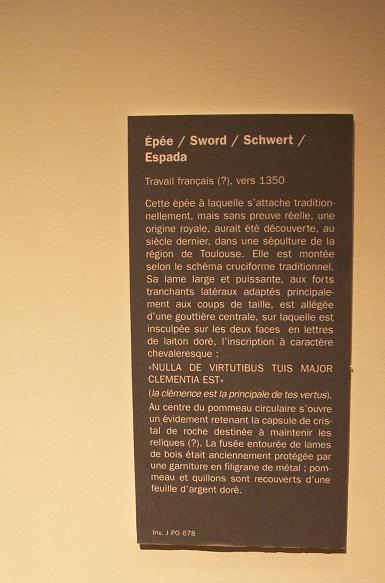
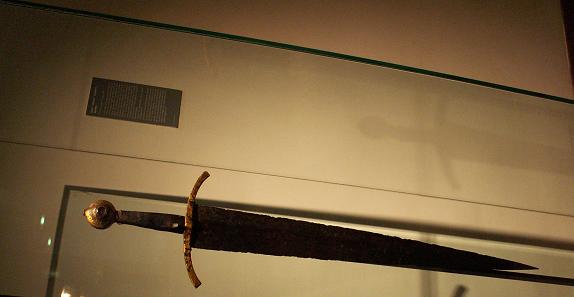
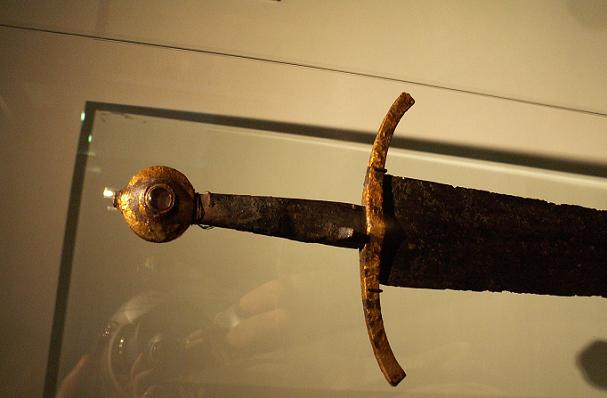



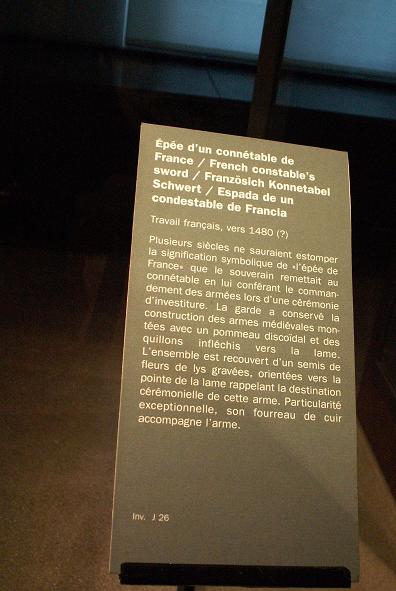
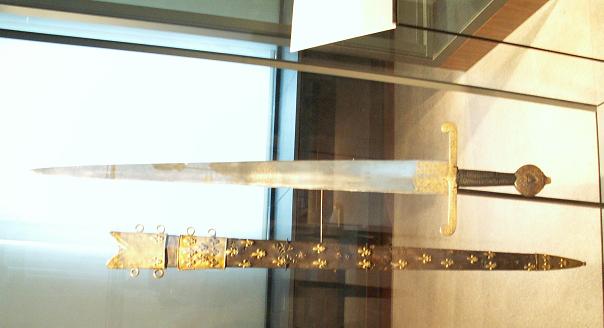
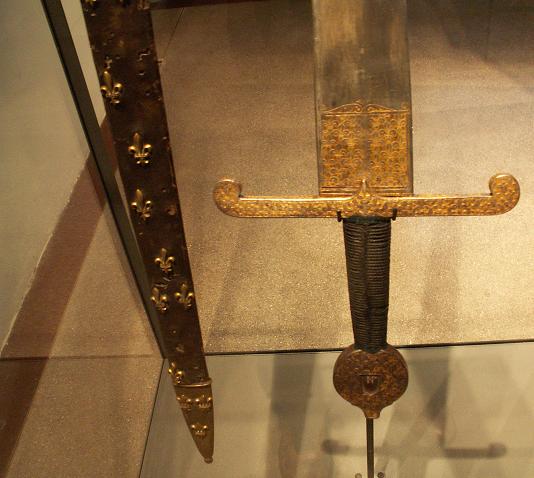
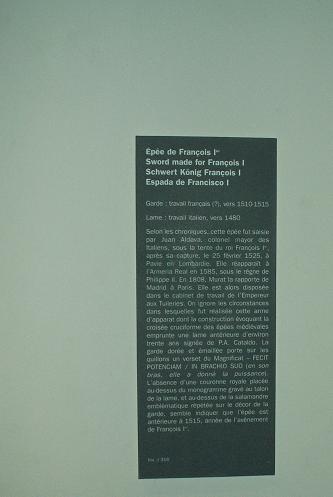
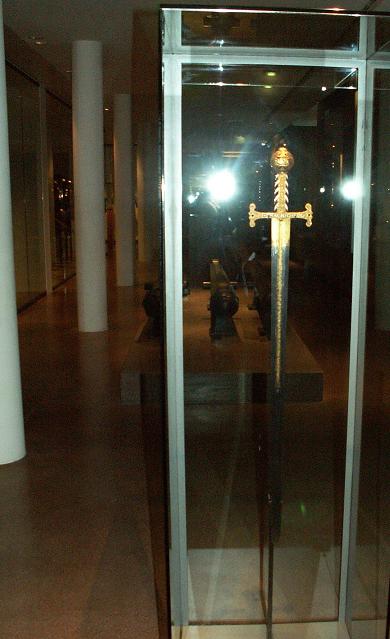
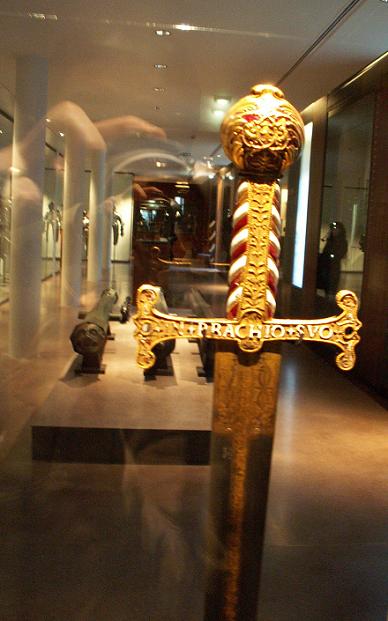
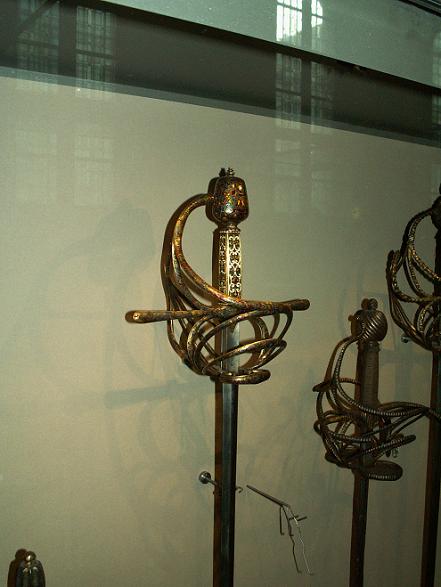
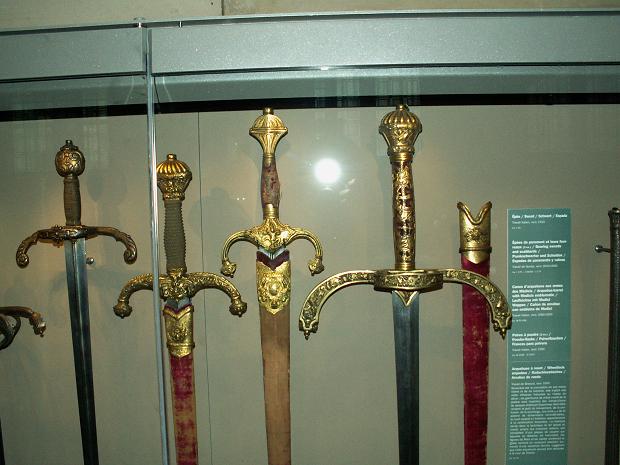
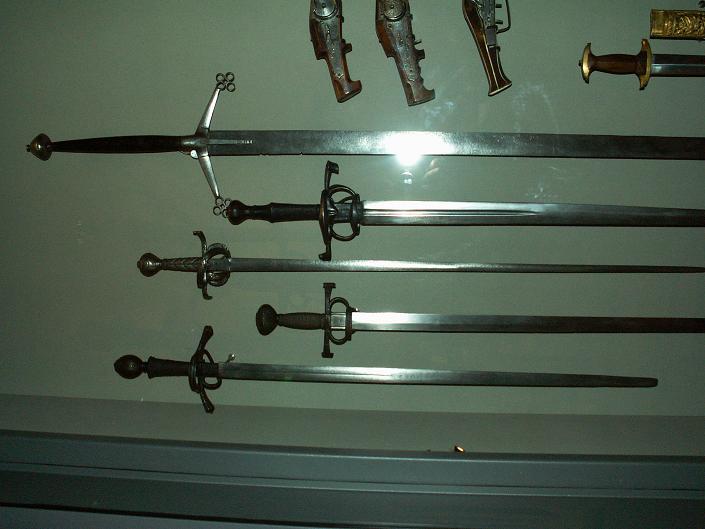
| Bruno Giordan wrote: |
|
As for the writing IN BRACHIO SVO it just means in his arm |
| Vincent Le Chevalier wrote: | ||
Thanks for that! Reminds me that I really should visit this museum again :)
In fact it's said in the notice that the writing begins on the other side of the sword and reads: FECIT POTENTIAM / IN BRACHIO SUO a verse from the Magnificat. Regards |
| Hugo Voisine wrote: |
|
the notice of the first sword says it has a fuller. Can't see it from here however. |

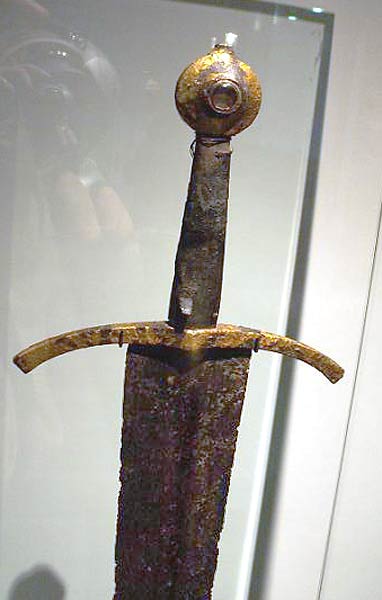
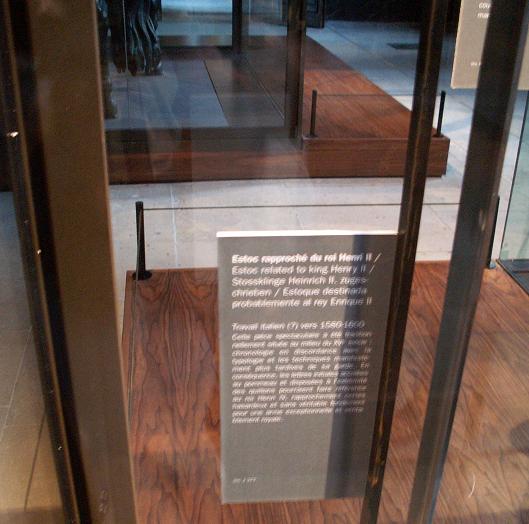
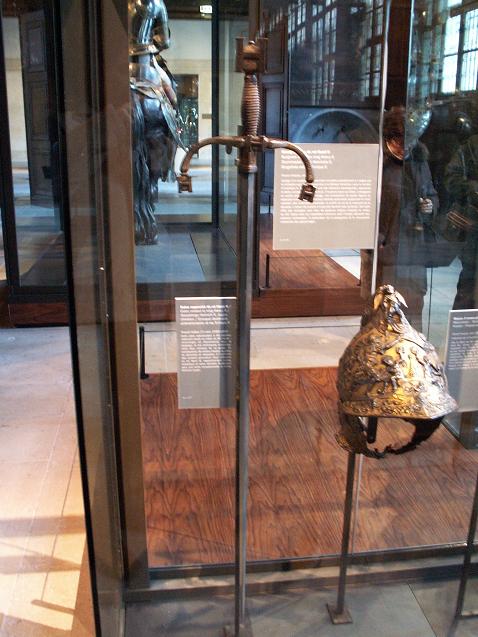

| Bruno Giordan wrote: |
| Thank you
As for the writing IN BRACHIO SVO it just means in his arm |
| Richard Fay wrote: |
| Hello all!
Manoucher, Thanks again for sharing! |
| Vincent Le Chevalier wrote: | ||
Thanks for that! Reminds me that I really should visit this museum again :)
In fact it's said in the notice that the writing begins on the other side of the sword and reads: FECIT POTENTIAM / IN BRACHIO SUO a verse from the Magnificat. Regards |
| Hugo Voisine wrote: |
| Thanks for sharing. :)
The two swords under the claymore look nice also, and so the Swiss degen in the right corner of the same pic... Edit : the notice of the first sword says it has a fuller. Can't see it from here however. |